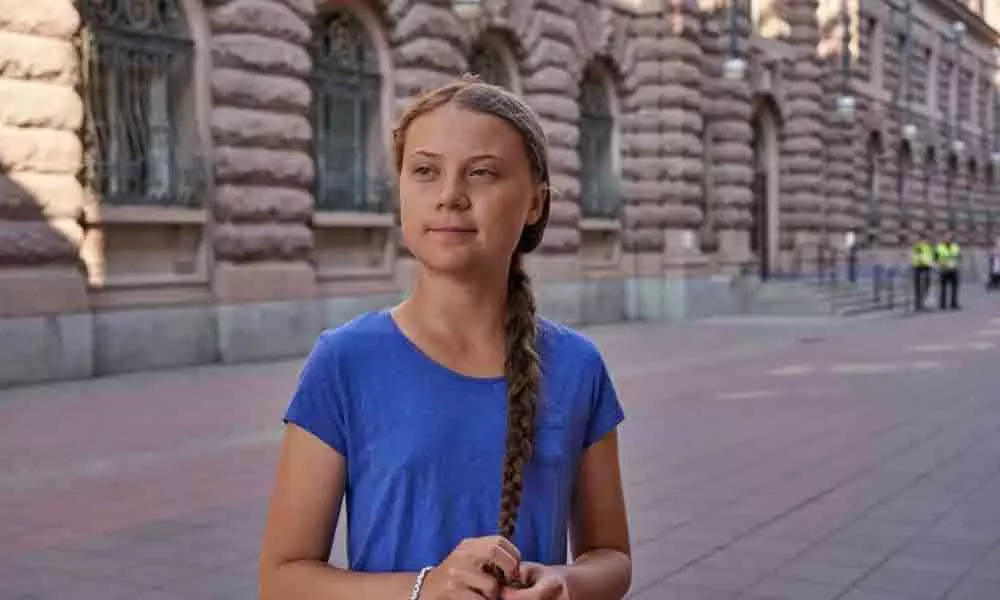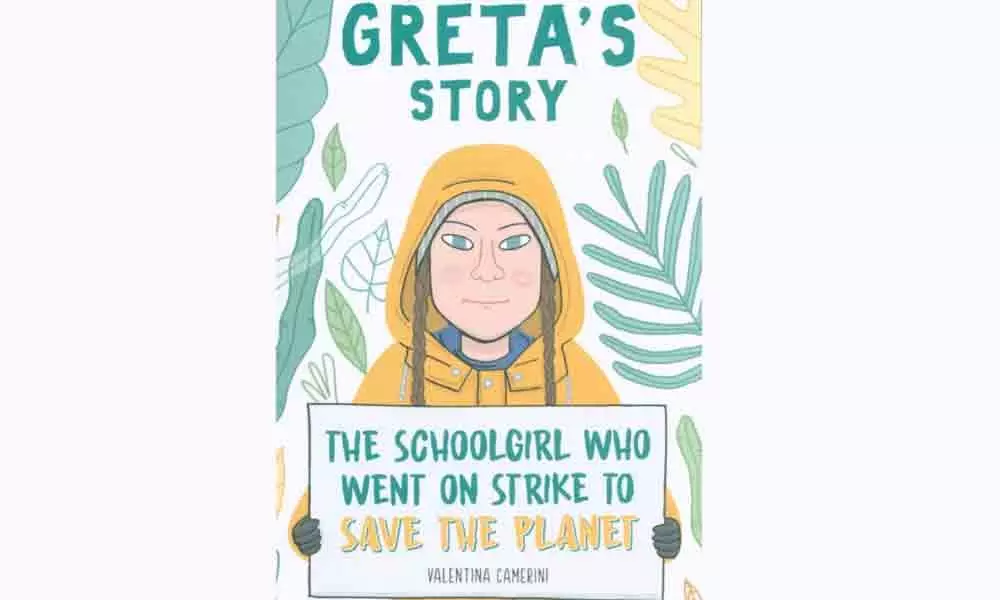The young change-maker: Greta Thunberg
Fifteen-year-old Greta Thunberg decides she can't wait any longer: politicians have to do something to save the environment. Instead of returning to school, Greta takes a placard and goes on strike in front of Sweden's parliament building. Greta's protest began the Fridays for Future - or School Strike 4 Climate
Greta's protest attracted a lot of attention. Swedish politicians and the ordinary people who would soon be voting became more aware of environmental issues, and remembered the commitment made a few years earlier by governments all over the world, a commitment many seemed to have forgotten.
The United Nations Climate Change Conference took place in France, just three years earlier. In 2015, politicians from 195 countries – practically all the countries of the world! – met in Paris to discuss climate change.
For some time, scientists had been aware of a very worrying phenomenon: the temperature of the planet was steadily rising. The scientists who monitor global warming had noticed to their dismay that over the past century temperatures had been increasing. Winters were less harsh and summers were hotter. They worked hard on the problem until they found an explanation: it was all because of greenhouse gases produced by the earth's human population. These gases end up high above us, gathered in the sky. They let the sun's rays through, but they capture the heat and never let it go. Of all the greenhouse gases, the one with the biggest concentration in the sky is carbon dioxide, which humanity produces in large quantities.
This is why representatives of 195 countries went to Paris. Their aim was to develop an agreement to produce and release less carbon dioxide into the environment and therefore limit global warming as much as possible.
A one- degree rise in temperature doesn't sound like much: you would expect it to be barely noticeable. Yet, the damage it can do is enormous. As temperatures rise, the ice caps melt. The ice around the North and South Poles shrinks, and snowfalls on the tops of mountains decrease. All that melted ice ends up in the ocean and the sea level rises.
As a result, the climate changes: it rains when it shouldn't, some places become deserts and the rivers dry up. The consequences are catastrophic. Greta knew this all too well and decided to take action. She was convinced that a school strike organised by children was a great idea.
She was inspired by a group of brave American children who started a protest on the other side of the ocean by not going to school. A few months before Greta started campaigning with her placard outside the Swedish Parliament, a group of American students had gone on a school strike to let everybody know how angry and worried they were about the laws that allowed people to buy firearms very easily. Handguns and rifles of all kinds were available to anyone and easily ended up in the hands of criminals, with tragic consequences.




















